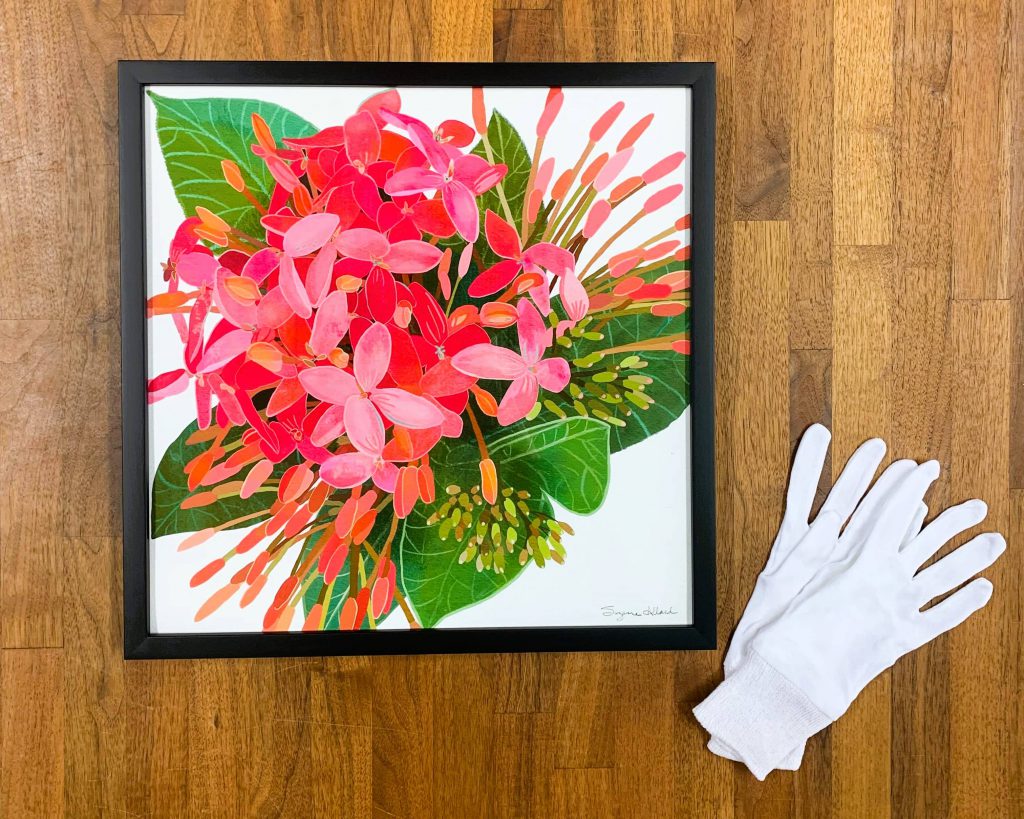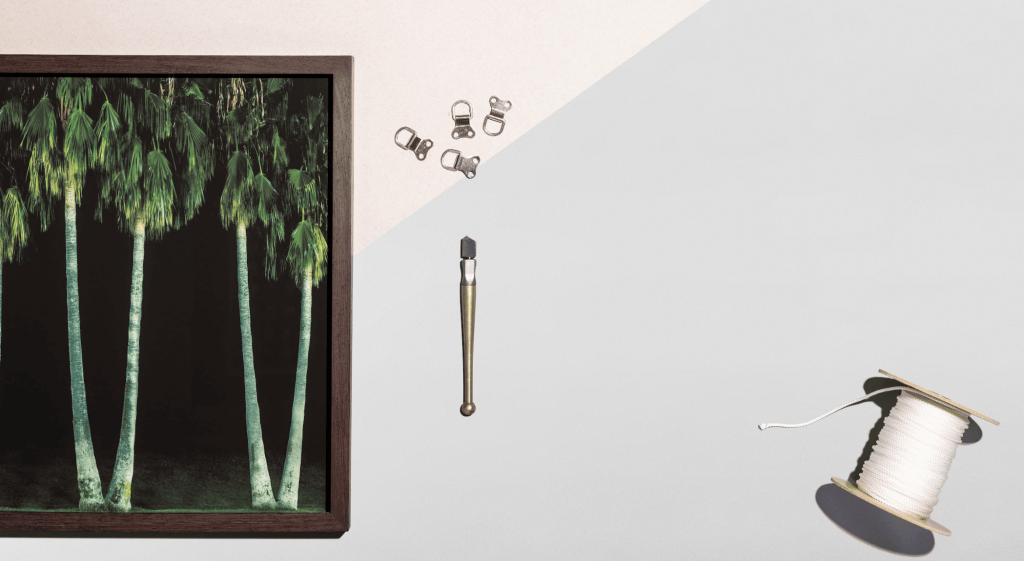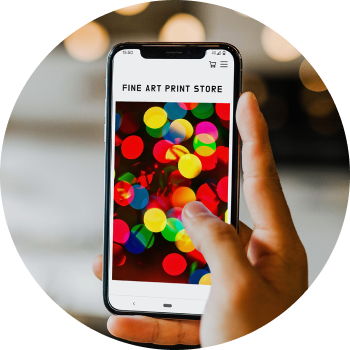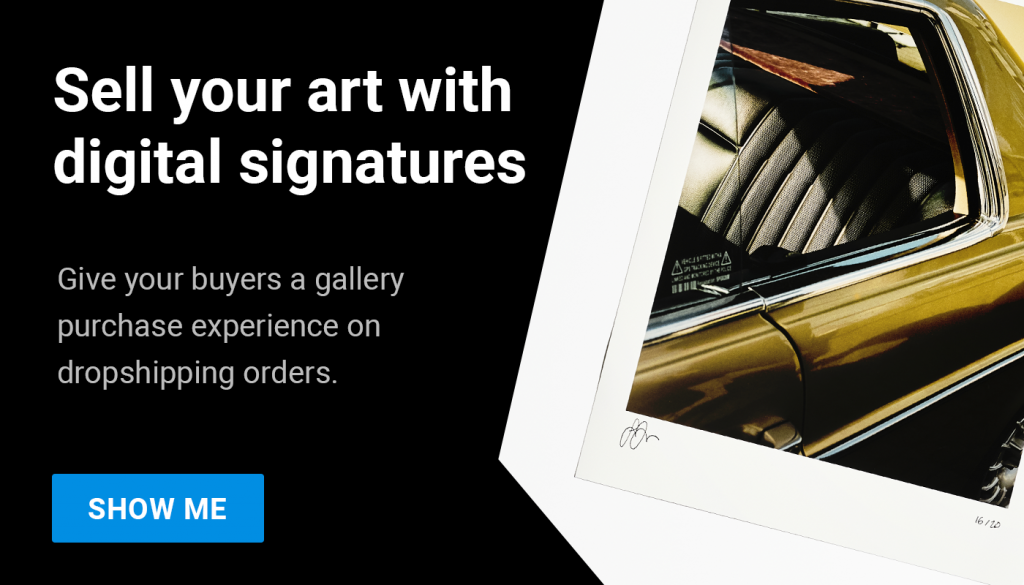
Our data shows that adding frames increases your revenue, margins, and conversion rates. This article will explain that, starting with looking at the different types (segments) of customers. Once you’ve read this and followed our advice, your revenue and profits will go up too!
Define your buyers
What are their motivations to buy your art prints? What are they looking for? What is their spending power? The answer to these questions will help you create a buyer persona. In other words, you will know exactly who you are targeting and what characteristics drive their purchase decisions.
There will be many ways to segment and build personas for your buyers and potential buyers. The following personas are useful for examining framed vs not-framed purchasing decisions:
- Persona A: They understand the value of your art brand but are price sensitive
- Persona B: High disposable income but time-poor people, make quick decisions
- Persona C: These people are buying your artwork to give as a gift
What drives their purchase decisions?
When you understand how your personas make purchasing decisions, you will be better positioned to tweak your product and pricing strategy accordingly. Here is the purchase decision process of the personas:
Persona A
Because they are price sensitive, they will opt for ways to keep the costs down. As a result, they will look to buy the print only, and source a cheaper frame themselves locally.
Persona B
Since they are time-poor, their purchase decisions will be driven by a need to save time and have higher convenience, and as they have higher disposable income, they are happy to pay a premium for this. They make quick decisions but are not overly price sensitive (within reason). Looking for immediate gratification, they will purchase a framed print, ready-to-hang.
Persona C
When you are buying a gift for someone, the last thing you want it to do is cost the recipient time, hassle and money to frame. It should be a complete package, ready-to-hang. By not offering pre-framed products you will automatically lose a high percentage of these sales.
When you offer framed prints, you cater more to the Persona B and Persona C buyers who are looking for finished products and are ready to pay a premium. That’s why it is important to keep both framed and unframed prints as a part of your product strategy because you don’t want to lose the sale.

Develop your frame pricing strategy
So selling framed prints is vital, but how should you price them compared to your print-only products? Our top selling artists, on average, earn 40-50% higher margins on framed prints than they do on the unframed ones. How do they do that?
We used our extensive data, and researched artists like you online, and we found successful sellers were using a consistent pricing strategy. These are the market rates for high quality art printed to a professional standard by dedicated artists.
View GBP recommended prices here
View EUR recommended prices here
View USD recommended prices here
Follow this pricing strategy as a benchmark so you don’t undersell your art. Once you identify collectors who genuinely value your art, the price, within reason, will not be the most important factor in their buying decision.
Benefits of offering framing
It opens you up to a different target market, the ones looking for ready-to-hang art. They have a higher purchasing power so driving them to your store will increase revenue and profits.
It also allows you to have something for everyone in your print store. Ultimately it’s the collector’s choice on what they want to purchase. Good news, we now offer square frames as well so do not delay and set up your products with frames now.
Want to impress your collectors with a gallery-like premium experience? Don’t forget to add digital signatures and edition numbers to your prints. Set it up now!


